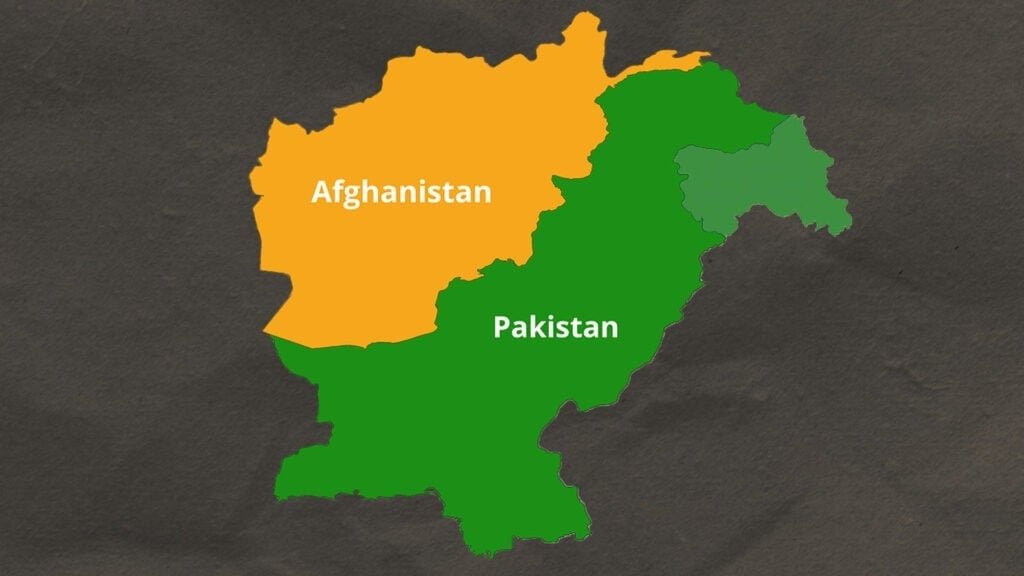Zafar Iqbal
The Ministry of Finance has recently unveiled a Sustainable Financing Framework (SFF), a policy instrument designed to mobilize funds through green, blue, and social instruments. Externally validated and aligned with international best practices, the framework signals Pakistan’s readiness to tap into the fast-expanding global pool of sustainable capital. It is, on the surface, an encouraging step—one that brings Pakistan closer to the emerging financial architecture where climate, resilience, and sustainability are no longer optional, but central to economic survival. Yet, as with most such initiatives, the real measure lies not in the declaration but in the delivery.
Sustainable financing has grown rapidly across global markets in recent years. Green, social, and blue bonds have moved from niche to mainstream, with trillions of dollars now invested in projects that carry environmental or social value. For a country like Pakistan—facing fiscal stress, climate vulnerability, and pressing social deficits—this presents a potential lifeline. However, it is critical to remember that the mere label of “green” or “sustainable” does not in itself guarantee investor confidence. The pricing, uptake, and credibility of such instruments will continue to be anchored in sovereign fundamentals: creditworthiness, debt sustainability, and macroeconomic stability. Without credible fiscal discipline, a green tag alone cannot lower Pakistan’s cost of borrowing.
Where the SFF could prove valuable is in setting standards and signaling intent. By identifying eligible sectors, outlining exclusions, and creating monitoring and reporting obligations, the framework has the potential to instill a measure of discipline in fiscal management. If implemented rigorously, it could gradually enhance Pakistan’s standing with investors and development partners. But this is precisely where Pakistan’s historical record raises concern. Successive governments have launched frameworks, roadmaps, and strategies with great fanfare, only to falter in execution. In global markets, credibility once lost is not easily regained. The SFF will succeed only if the government resists the temptation to reduce it to a branding exercise and instead commits to transparency, monitoring, and meaningful project selection.
Equally important is avoiding the trap of form over substance. Repackaging borrowing as “sustainable” does not reduce the volume of debt. Unless fiscal policy itself is reoriented towards stronger revenue mobilization, more prudent spending, and investments in long-term resilience, the SFF risks being dismissed as cosmetic—another case of greenwashing in a market already skeptical of rhetorical commitments. Sustainable finance must not be used to mask fiscal indiscipline; rather, it should reinforce structural reforms that strengthen the fiscal base.
Yet, despite these risks, the broader trajectory is unmistakable. Climate considerations are no longer marginal; they are central to policymaking and access to finance. The IMF’s approval of a Resilience and Sustainability Facility (RSF) for Pakistan last year demonstrated how climate adaptation and resilience are becoming conditions for both concessional and market-based finance. In this context, the SFF is more than a technical financing document. It reflects Pakistan’s acknowledgment that future economic engagement with global markets will increasingly be shaped by sustainability.
From this perspective, the SFF should be viewed not as an end, but as a beginning. It can serve as a platform for developing more innovative instruments, such as debt-for-nature swaps, blended financing models, or co-financing partnerships with multilateral institutions. These mechanisms, if pursued, could help Pakistan restructure its debt profile, mobilize fresh capital, and invest in resilience at the same time. The key is to ensure that sustainability is treated not as a symbolic add-on but as integral to macroeconomic and fiscal policy.
For Pakistan, this also requires a change in governance culture. The sustainability agenda cannot be driven by one ministry alone; it demands coordination across finance, planning, climate change, and provincial governments. Projects must be carefully selected to reflect genuine social or environmental value, not political expediency. Reporting and auditing mechanisms must be transparent and frequent, with independent verification where possible. Without such rigor, the framework risks being relegated to yet another document on official shelves.
The stakes are high. Pakistan’s economy is not only weighed down by chronic fiscal deficits but also exposed to some of the worst climate risks in the world. Heatwaves, floods, water scarcity, and agricultural shocks are already eroding livelihoods and growth. Mobilizing finance that directly addresses these vulnerabilities is not a luxury—it is a necessity. Investors, too, are increasingly factoring climate resilience into risk assessments. For Pakistan to access affordable financing, it must demonstrate that its policies, projects, and governance systems align with the sustainability narrative.
The unveiling of the Sustainable Financing Framework raises expectations. It has created a window of opportunity for Pakistan to reposition itself in global markets, to attract capital that is not only cheaper but also more suited to its development needs. But living up to those expectations will depend less on the elegance of the framework and more on the political will, transparency, and seriousness of execution.
If used wisely, the SFF could become a milestone in Pakistan’s fiscal innovation—paving the way for debt relief, green investment, and climate resilience. If neglected, it risks becoming just another piece of paperwork destined for the archives. The choice, as always, rests with Pakistan’s leadership: whether to treat sustainability as rhetoric, or as the cornerstone of national economic stability.















